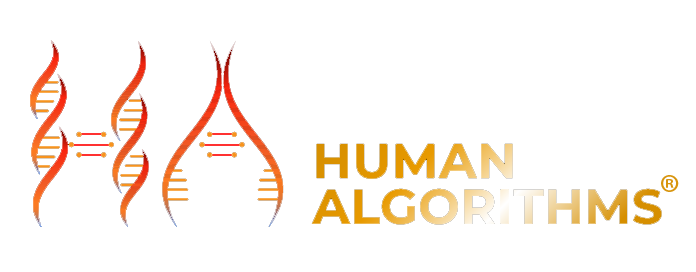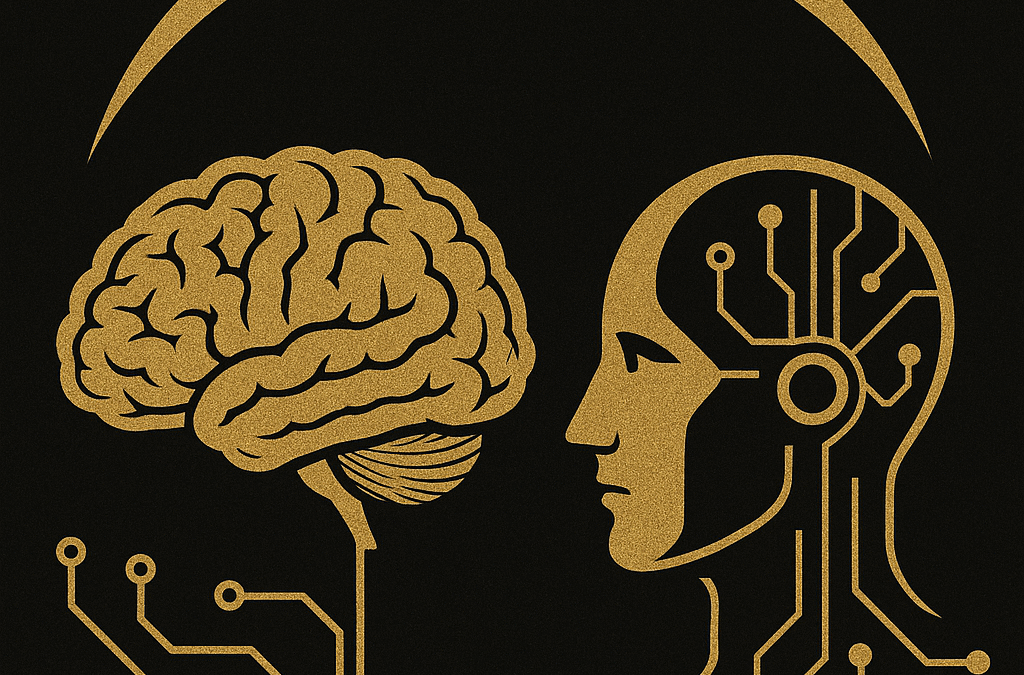The intersection of neuroscience and artificial intelligence (AI) is reshaping the way we understand the mind—and how we treat it. As researchers continue to uncover the intricate workings of the human brain, AI is emerging as a powerful tool to model, simulate, and even predict mental states and behavioural patterns. This convergence holds transformative potential for the field of psychotherapy, offering new possibilities in diagnosis, treatment, and personalised care.
Neuroscience seeks to map the brain’s architecture—its neural networks, chemical messengers, and adaptive plasticity. At the same time, AI is advancing in its ability to process massive datasets, identify patterns, and simulate complex systems. When these two disciplines come together, we gain the ability not only to study the brain more deeply, but to replicate aspects of its functioning in ways that can inform mental health care.
Already, AI is being applied to the analysis of neuroimaging, helping clinicians detect subtle patterns associated with depression, anxiety, trauma, and neurodevelopmental disorders. These technologies are accelerating the early identification of mental health challenges—often before symptoms become disruptive. At the same time, machine learning algorithms are being trained to tailor therapeutic recommendations, offering a degree of precision medicine never before possible in the psychological sciences.
However, what makes this evolution especially exciting for psychotherapists is not just AI’s technical power, but its potential to amplify human insight. Neuroscience teaches us that the brain is not a fixed machine, but an adaptable, socially embedded system. Emotions, memories, relationships, and beliefs all shape neural circuits over time. AI systems inspired by this understanding are moving beyond linear problem-solving to engage with complexity, uncertainty, and context—the very terrain of therapeutic work.
The future may see AI-assisted tools that support therapists with real-time feedback on client progress, emotional cues, or risk indicators. Digital companions and virtual therapists, informed by both neuroscience and psychology, could offer accessible support between sessions or in regions with limited mental health resources. Meanwhile, ongoing breakthroughs in brain-computer interfaces and neural decoding could one day allow clinicians to “listen in” on the brain’s activity in ways that offer deeper understanding of unspoken distress.
Yet as we embrace these advances, we must proceed with thoughtfulness and care. Human consciousness, creativity, and intuition remain beyond the reach of algorithms. Therapy is not merely about problem-solving—it is a relational process rooted in empathy, presence, and trust. Technology must enhance this work, not replace it.
At our practice, we are dedicated to staying informed by the latest neuroscience while grounding our care in the human experience. We believe the future of psychotherapy lies not in choosing between human wisdom and technological insight, but in integrating both. As we move forward, we remain committed to ethical, compassionate, and individualized care—guided by science, but always centred on the person.

